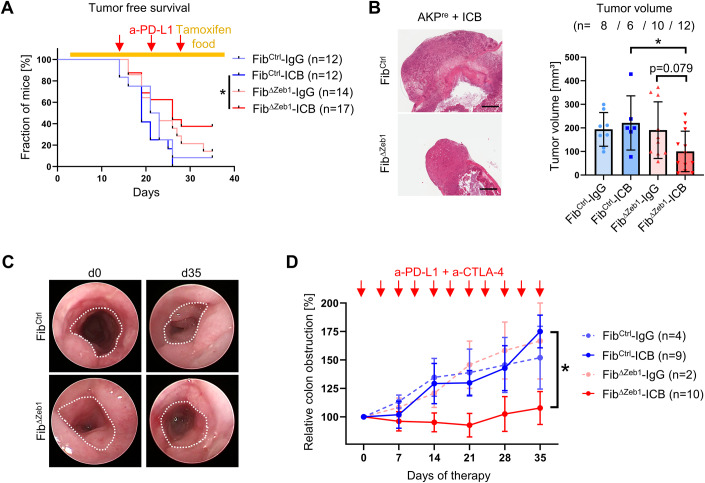Figure 5. Loss of Zeb1 in fibroblasts enables response to ICB therapy.
(A) Kaplan–Meier analysis showing tumor-free survival of FibCtrl and FibΔZeb1 mice after orthotopic transplantation of AKPre organoids and intraperitoneal injection of anti-(a)-PD-L1 antibodies or control IgGs, as indicated by red arrows. Recombination of Zeb1 was induced by tamoxifen food starting from day (d) 3. Mice were considered tumor-free if no tumor was detected by palpation. Numbers of experimental mice per condition are indicated (FibCtrl-ICB vs FibΔZeb1-ICB: P = 0.0189, Mantel–Cox test). (B) Representative H&E images and quantification of tumor volumes after orthotopic transplantation of AKPre tumor organoids and ICB. Only tumors collected after d28 were included in this analysis. Number of experimental mice per condition are indicated. IgG-treated mice contributed to the initial AKPre analysis (FibCtrl-ICB vs FibΔZeb1-ICB: P = 0.0397, FibΔZeb1-IgG vs FibΔZeb1-ICB: P = 0.0792, Šídák’s multiple comparisons test). (C, D) ICB in the AOM/DSS model, applied by intraperitoneal injection of a-PD-L1 and a-CTLA-4 antibodies or control IgGs. Starting at d70 of AOM/DSS tumorigenesis antibodies were administered two times/week to all mice with at least 25–30% colon obstruction. This time point corresponds to d0 of ICB. Representative endoscopic images at d0 and d35 of ICB in the AOM/DSS model. Dotted line indicates unobstructed areas (C). Quantification of colon obstruction relative to d0 (D). Numbers of experimental mice per condition are indicated (FibCtrl-ICB vs FibΔZeb1-ICB: two-way ANOVA, day 35: P = 0.0211. Data information: Data are presented as mean ± SD (B) or mean ± SEM (D). Scale bars represent 1 mm (B). Source data are available online for this figure.

